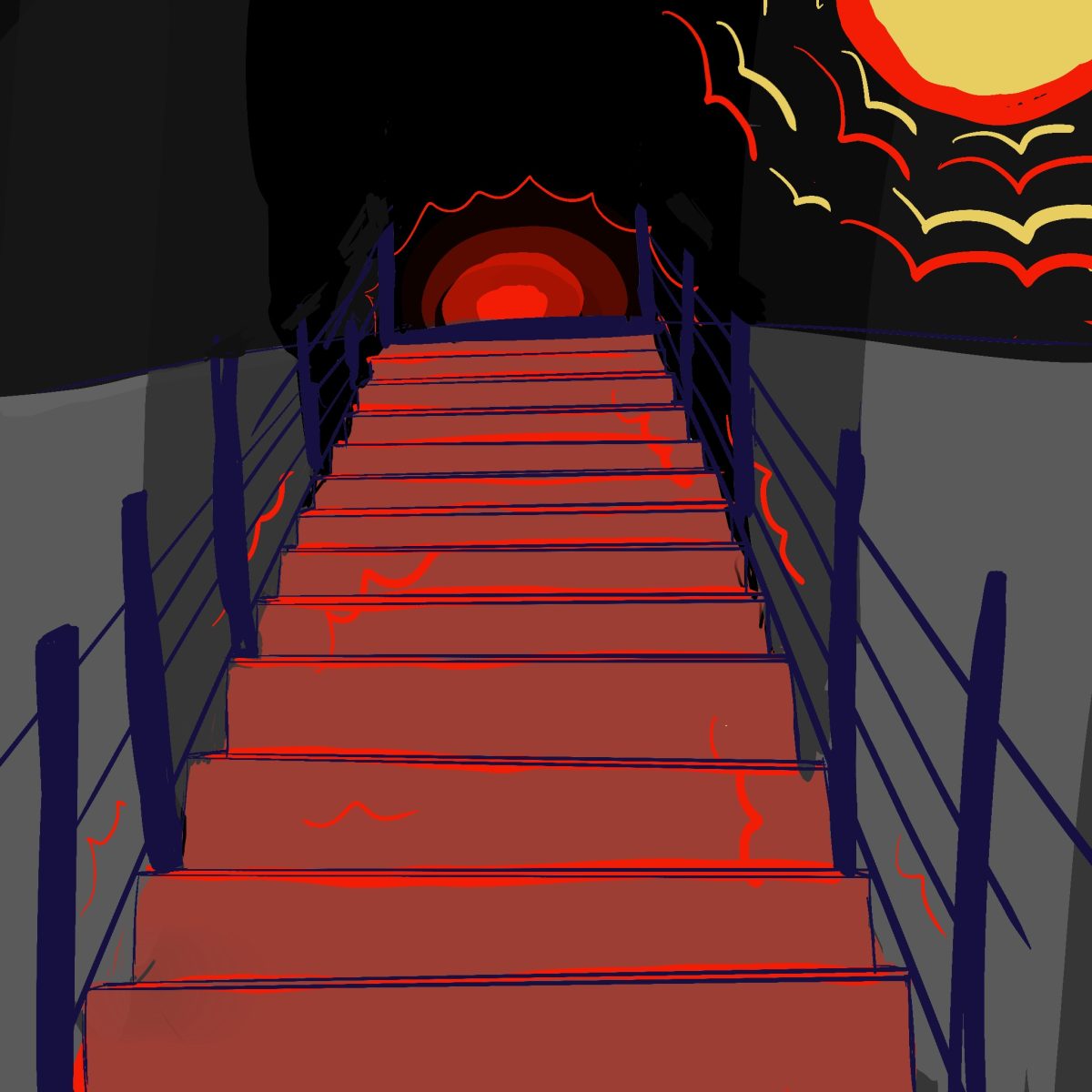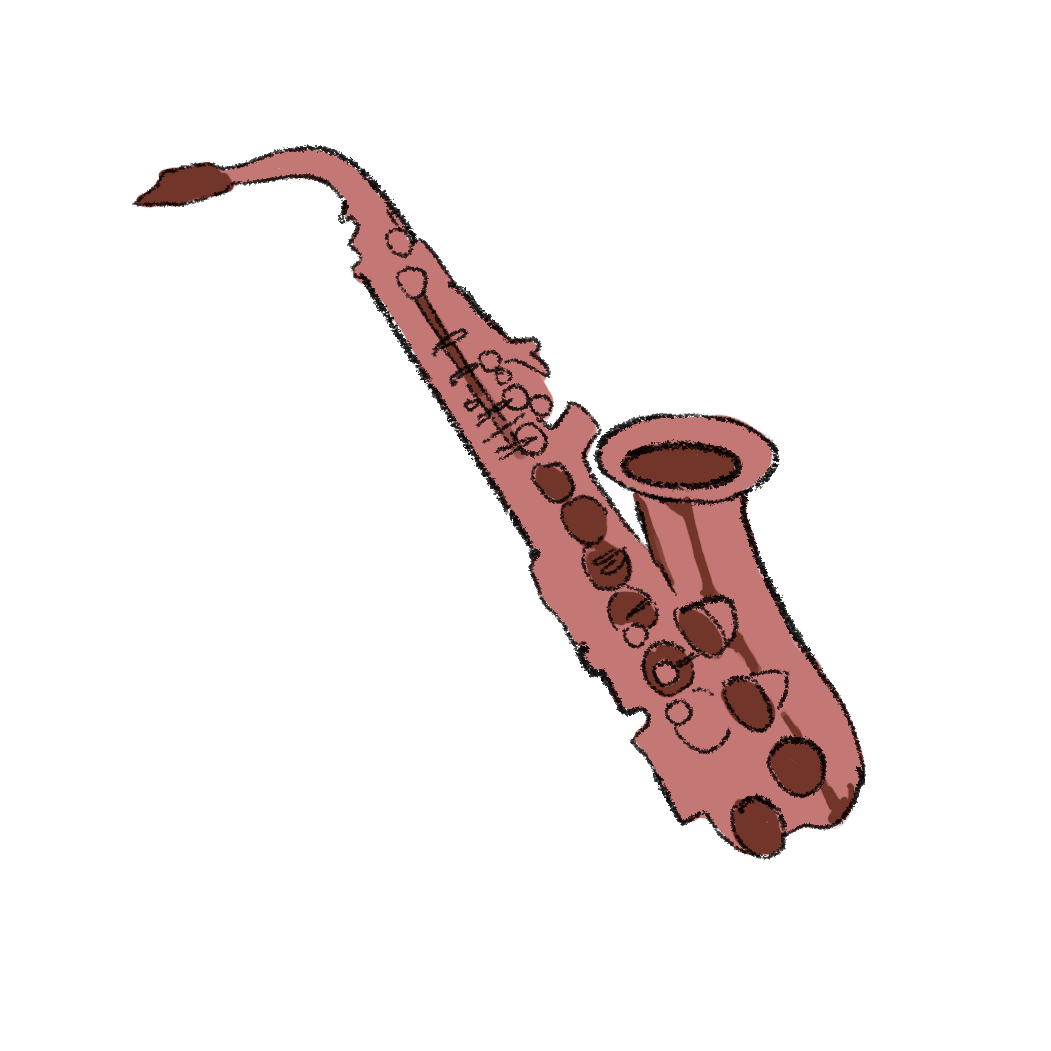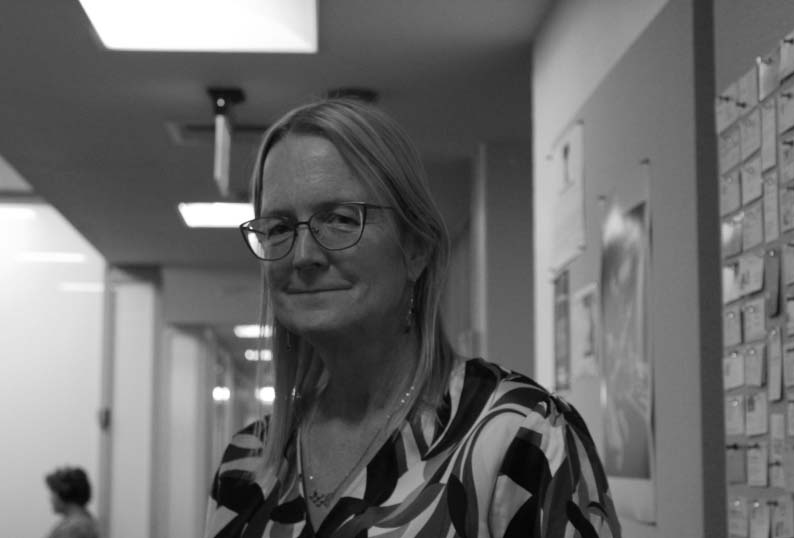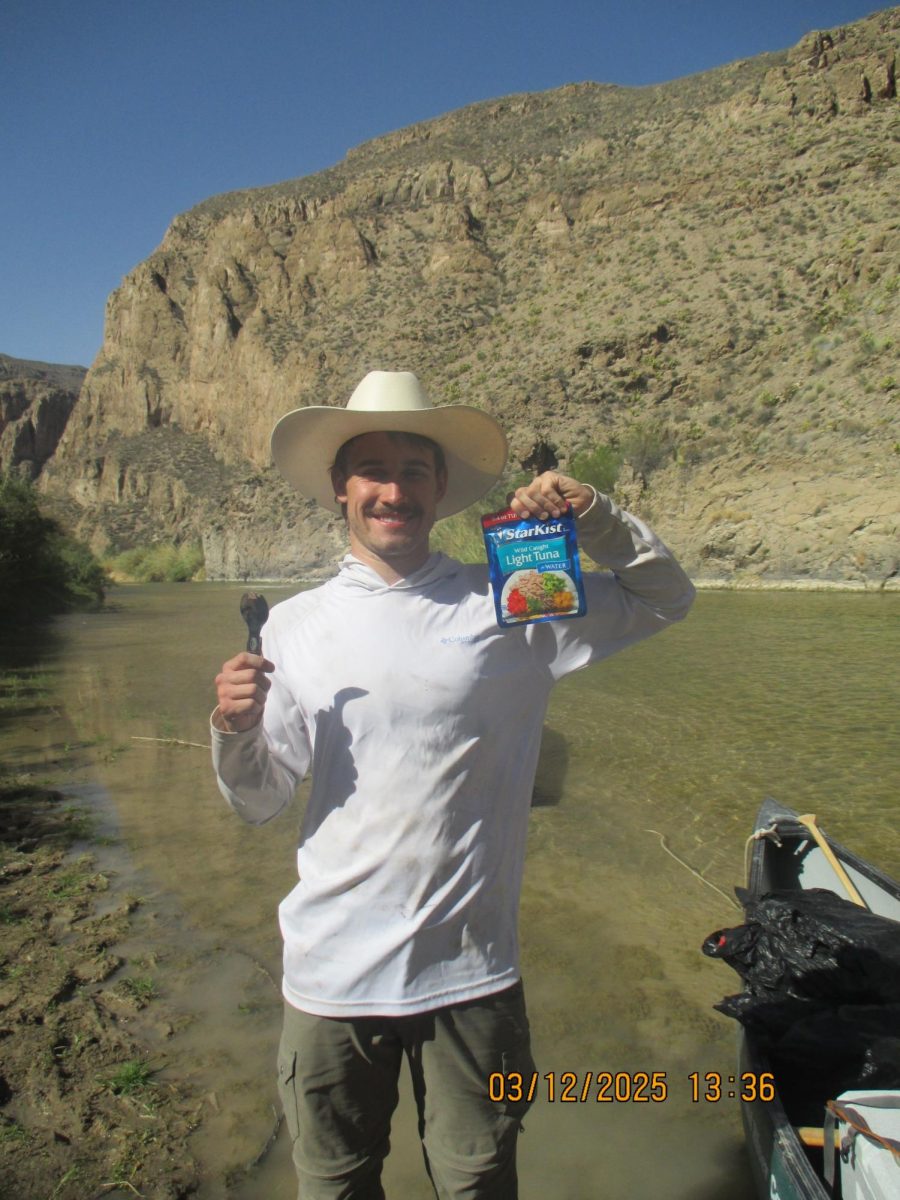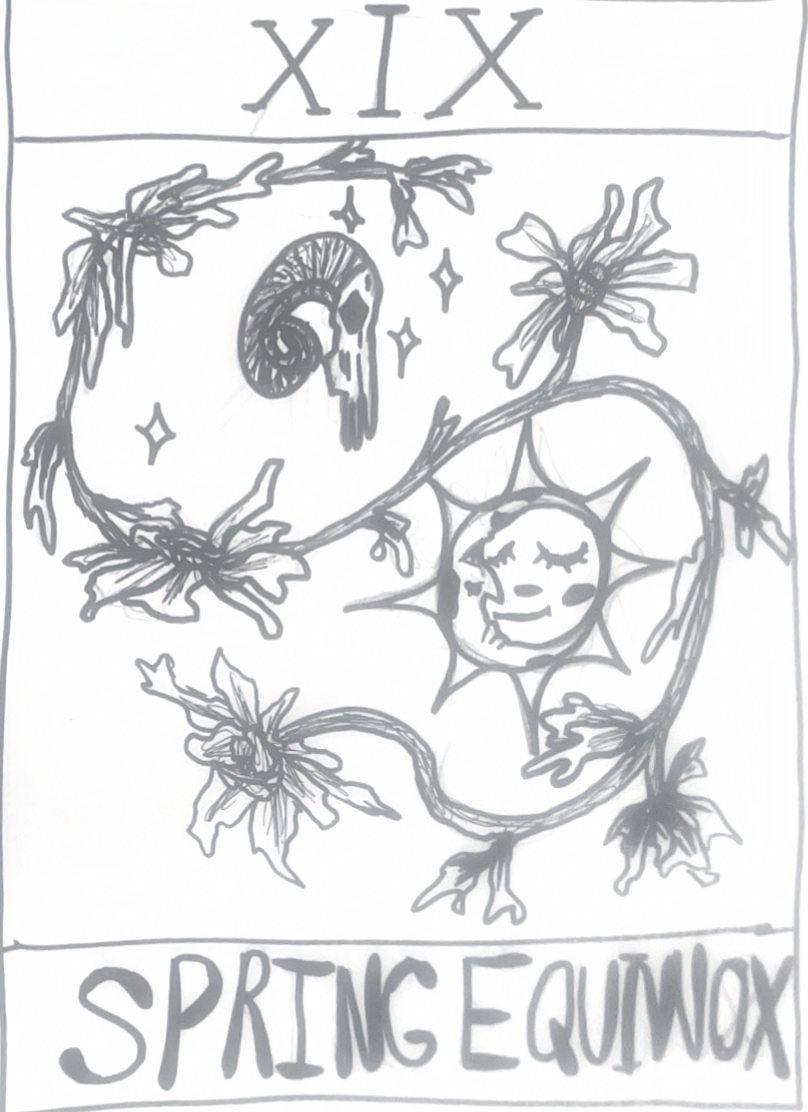For students that live in the dorms located on lower campus, the walk to class can be described as a short journey. For others, though, it’s an uphill battle infamously known as “Cardiac Hill.”
Here at Trinity University, the campus is divided into two sections — upper and lower. All sections contain facilities that are utilized daily by students. The living/learning corridor guides students along the middle of the campus, providing access to relevant buildings.
“Cardiac Hill” is the commonly used nickname for the staircase connecting Murchison Hall to the area in front of Coates Student Center. According to the Trinity Campus Master Plan, “Pedestrian counts and the response to the MyTrinity survey reveal that the route between Murchison Hall and Coates [Student] Center is the most heavily used.”
The stair climb uphill is not particularly favored by some students. Ethan Sturtz, first-year economics and communication double-major, expressed his concerns.
“Going up and down them all day kind of sucks. Definitely sweating by the time I get to the top,” Sturtz said. “If I am already down there, I am just gonna stay by Mabee [Dining Hall], and if I am up here, I am just gonna go to Coates.”
Not all students frequently use the Murchison to Coates stairs. Tam Pham, sophomore undeclared major who resides in Murchison Hall, lives right between upper campus and lower campus.
“Coates is more efficient, and Mabee is too far because my classes are all here,” Pham said. “As a Murchison resident, I only have to take four steps up the stairs. I don’t think I’ve ever willingly gone up Cardiac Hill.” Tam does not have to use the Hill if she stays on upper campus.
Jennifer Edozi, first-year psychology major and political science minor, offered her perspective.
“The main thing that every first-year complains about is the stairs … Yeah, it’s a lot,” Edozi said. “It takes a lot of energy out of you, and it’s really tiring, and your legs hurt afterwards. Especially if you have multiple classes a day, it’s really intense. You are getting your cardio through it.”
Further, Edozi remarks that if the population, demographics and everyone at Trinity University call for the improvement of staircase accessibility, then it should be done.
“If everyone agrees that we should use funding for [improvement of accessibility] — because I agree we should … that would be a great thing to implement from SGA,” Edozi said. “Definitely talking about [the accessibility on campus] first — discussion is really important. I know that everyone discusses it throughout their friend group and with their friends and stuff like that, but just talking to the people who can make a change, who can actually do something about it — that would be SGA, that would be the administration, just making sure our voices are heard.”
Regardless of negative opinions, the movement across campus is determined by the connecting staircases which link lower campus to the living/learning corridor. “There is an elevator right there,” commented Pham, offering an alternative route for students — referring to the Murchison elevator.
The idea of accessibility is a concern for Trinity students and the University. The Trinity University website states: “Universal design is the process of creating an environment so that it can be accessed, understood, and used to the greatest extent possible by all individuals regardless of ability.”

